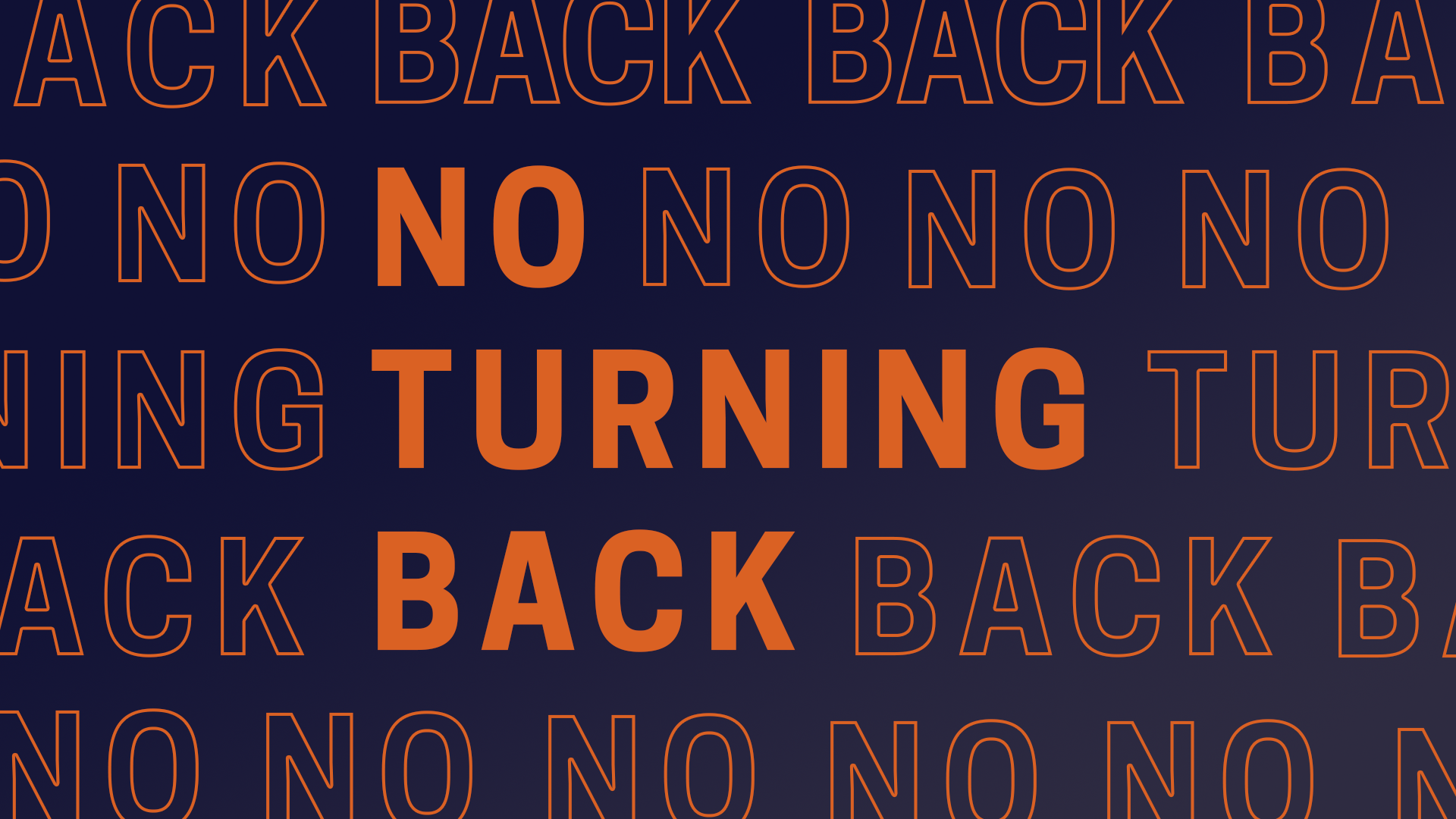As someone who’d spent his military career working in highly ambiguous environments, Mike approached the CEO several weeks ago with a simple suggestion. “Put me in the middle of our re-entry planning, and I’ll pull together a team that can generate options quickly”. That was on a Wednesday, and by Saturday, Mike and his ad-hoc team were briefing the c-suite on standardized procedures for re-opening the resort, maintaining hygienic practices, and communicating with their client base.
Today, solid crisis management is table stakes. At this point in the pandemic, most competent businesses have a well-oiled crisis working group and associated processes. But while some have started to reduce the frequency of their crisis meetings, feeling that the worst is behind them, Mike and his team are still meeting three times per week, regularly briefing the c-suite, and posting their re-entry playbook on the homepage of their website for broad public consumption. The smartest businesses are planning for a fundamental change in their industry and the broader economy, while communicating with speed and transparency to get at the front edge of this discussion.
A re-entry officer can be at the epicenter of this effort, and the role is different than that of a crisis manager. A re-entry officer should lead a cross-functional team that is re-imagining what the company will look like in the future, and not be tied to the day-to-day battles. A re-entry officer should ensure his or her company has creative and divergent thinking into how it must transform. A re-entry officer must be able to lead by influence internally and externally, not through positional authority. You might have the right person in mind after considering these skills, or you might pull someone in specifically for this purpose; but to be successful, this should not be a corner-desk exercise. Consider your re-entry officer a full-time position for the foreseeable future.
Our work with clients today is focused on two axes of planning for re-entry: categories of change, and degree of disruption. A re-entry team must build plans along both axes to enable a leadership team to visualize potentials for a “new normal”.
What do we mean by categories of change?
Each category below must have unique planning invested into it.
First, the most obvious is your corporate strategy itself: as we wrote about in past sessions, what in your strategy is still feasible? Have some old customers or products disappeared or been created? In the coming months, we endorse an iterative, highly flexible strategy process that allows you to probe, sense, and respond as the economy changes.
Second, and the most top of mind, is health & safety: what does it mean to workers and customers to interact with your company? There are obvious (and comparatively small) decisions like the number of employees in a conference room, or the availability of hand-washing stations. But there are more strategic questions around the role and layout of your retail stores, the impact of your annual conferences, the relationship between employee safety and customer experience.
Third – and the intersection of the first two – is the culture & people you’ll end up with as a result of your choices on categories one and two. The choices you make in your strategy and in creating a hygienic work environment will shape the sort of people who work for you, the ways they interact with one another, and the loyalty and creativity (or lack of it) you will engender.
Within each category of change above, your business can morph along multiple degrees of disruption. You know change is occurring in profound ways. But in order to make sense of this change quickly, we recommend you bucket your decisions and choices into these three degrees of disruption:

- Define your business core: what is your survival imperative? These are the things you must do to survive this phase. For your business strategy, this is how you preserve a base-level of business health to survive into the next phase. In our work with clients, we find most clients consider too many things are imperatives and end up with a plan that produces no more simplicity than the original one. Please use our recent article focused on Red Team Thinking to think differently about this.
- The malleable middle: where can you make some peripheral changes to your ways of working to capitalize on midterm opportunity? The COVID-19 crisis has taken a wrecking ball to our traditional ways of working. But, it has also opened up many new, short-term opportunities to work with existing customers in new ways or repurpose equipment to make new products.
- The agile edge: what are the areas of your business you must completely re-think? Perhaps these are some of the ideas that always seemed appealing, but never practical. Or investments in transformation that you knew you needed to make, but wanted to wait until next year to go through the transformation. Is this a jump ahead in your company’s digital technology, a conversion to a more automated manufacturing footprint or an opportunity to move your corporate offices to a part of the country with a lower cost of living?
A re-entry officer – and their team – should be positioned at the intersection of these categories & questions and should see their role as one of continuous planning and revision. This will be the key to thriving and resilience as our world continues to change. Constant exploration, creative thinking, and routine check-ins with the management team to advance their thinking. Ultimately, these rolling plans will shape the company’s new strategy & new culture over time – with far more intentionality built into it than a static planning process would create.
For newly-appointed re-entry officers looking for other ideas on how to facilitate their team through the questions we outlined above, additional resources to the ones we provide are available from our friends at IDEO, the global design firm.
Let us know what works, and what novel ideas your company develops through this framework.



